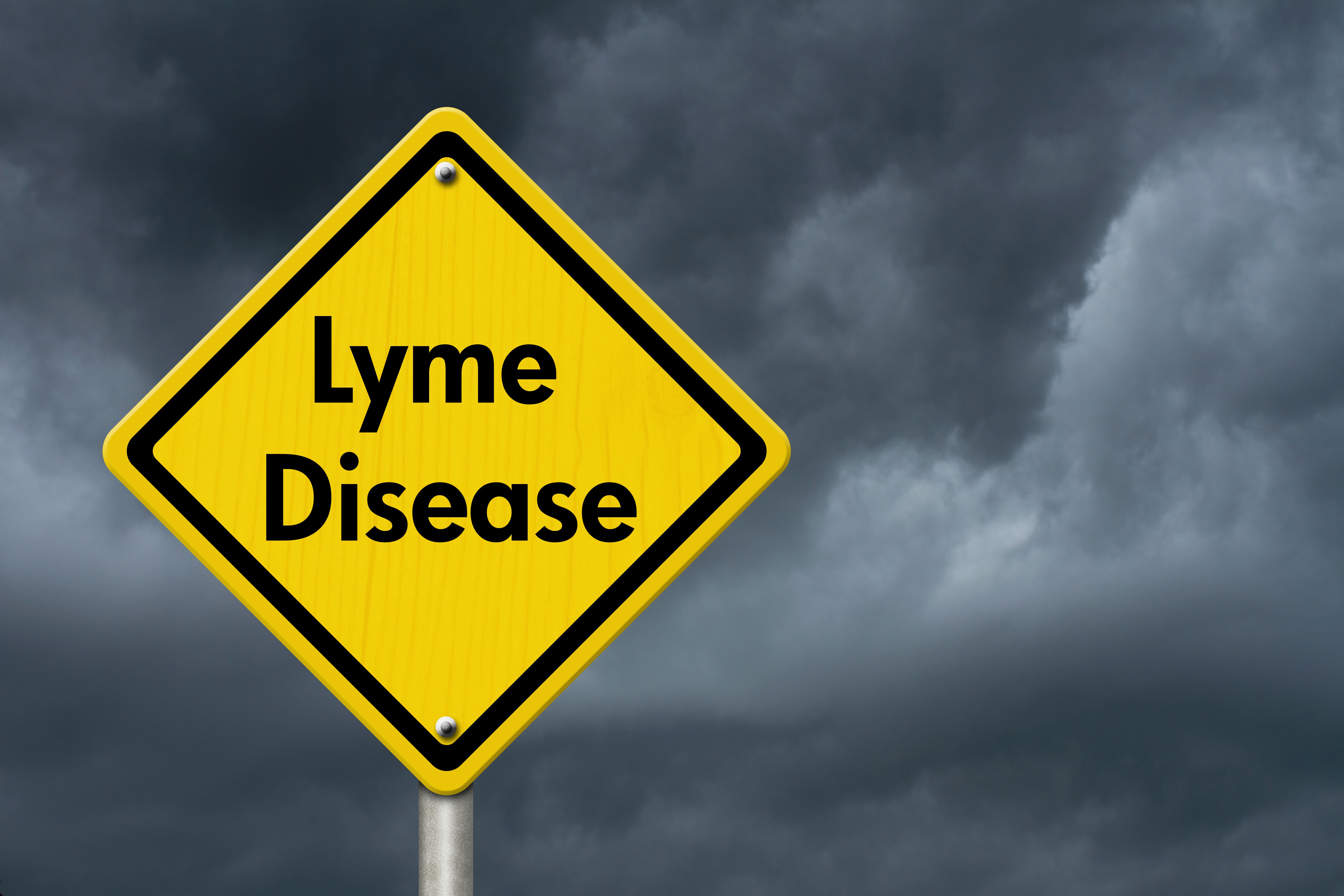
Our Lyme Dilemma
We debated back and forth on whether we should take the medical-technical approach like we were writing a paper, or take the more easily understandable approach, and put things into layman’s terms. Our communications team won out with the layman’s approach. It’s under duress though, as we really think the science behind all of this is fascinating.
Here is a quick bit about Lyme disease according to our friends at Wikipedia (or you can skip down a bit to Traditional Measures)
According to Wikipedia: Lyme disease, also known as Lyme borreliosis, is an infectious disease caused by the Borrelia bacterium which is spread by ticks.[2] The most common sign of infection is an expanding area of redness on the skin, known as erythema migrans, that appears at the site of the tick bite about a week after it occurred.[1] The rash is typically neither itchy nor painful.[1] Approximately 70–80% of infected people develop a rash.[1] Other early symptoms may include fever, headache and tiredness.[1] If untreated, symptoms may include loss of the ability to move one or both sides of the face, joint pains, severe headaches with neck stiffness, or heart palpitations, among others.[1] Months to years later, repeated episodes of joint pain and swelling may occur.[1] Occasionally, people develop shooting pains or tingling in their arms and legs.[1] Despite appropriate treatment, about 10 to 20% of people develop joint pains, memory problems, and tiredness for at least six months.[1][5]:
Lyme disease is the most common disease spread by ticks in the Northern Hemisphere.[15] It is estimated to affect 300,000 people a year in the United States and 65,000 people a year in Europe.[2][4] Infections are most common in the spring and early summer.[2] Lyme disease was diagnosed as a separate condition for the first time in 1975 in Old Lyme, Connecticut.[16] It was originally mistaken for juvenile rheumatoid arthritis.[16] The bacterium involved was first described in 1981 by Willy Burgdorfer.[17] Chronic symptoms following treatment are well described and are known as "post-treatment Lyme disease syndrome" (PTLDS)
Traditional Measures - Traditional measures for dealing with Tick bites and potential Lyme Disease Infections are of course, antibiotics. The specific treatment will depend on the patient and the stage or progression of the disease. There are many factors that go into treating Lyme but as we said, Layman not medical paper. The important thing to know is you do need medical attention, not just a tea your Gram told you about.
The Role of NAD+ in treating Lyme or at least mitigating the symptoms:
NAD (Nicotinamide Adenine Dinucleotide) is derived from vitamin B3 or niacin and is essential for cells to generate energy. There is a whole bit about Mitochondria, the ATP/ADP Cycle, a dude named Kreb, and so on, but let’s just leave it at cellular energy. Research has also shown that NAD helps with cognitive function and brain health. Low NAD levels are often associated with symptoms like chronic fatigue, low energy levels, and muscle weakness. Coincidentally, (or is it?) some of these are also symptoms of Lyme disease, both acute and chronic.
The Role of Vitamins
It is no secret that most of us are walking around deficient in some sort of vitamin or another. Especially in the northeast where our long winters deprive us of some much needed vitamin D. That being said, getting additional B vitamins, Vitamin, D, Vitamin C, Magnesium, and others will be still helpful to healthy humans. For those that are suffering from Lyme disease, those vitamins and minerals are needed even more to help fight off the infection.
Bioavailability
I know we talk about Bioavailability until we are blue in the face but……..
When it comes to anything outside of the body that you want to get into your body at a cellular level we are again talking about bioavailability. So, in the case of Lyme disease, when folks start talking about ingesting NAD, Vitamin C, D, Magnesium, etc, bioavailability is sitting in the room with huge grey ears, a big long snout, and is afraid of mice. If you did not catch my elephant reference let’s just keep it simple, here is a link https://www.infusionivny.com/briefs/2-uncategorised/9-bioavailability
Our Treatment
The important thing to note is that we are offering a way to bolster your current treatment, not replace it. NAD+ and Vitamin therapy & supplementation are extremely important to fight the infections associated with Lyme disease alongside current antibiotic treatment. We work with the wonderful folks at SynRGintegrative Medicine to help augment their treatment of Lyme disease. Call today for more information on how we can get you feeling your best self!
